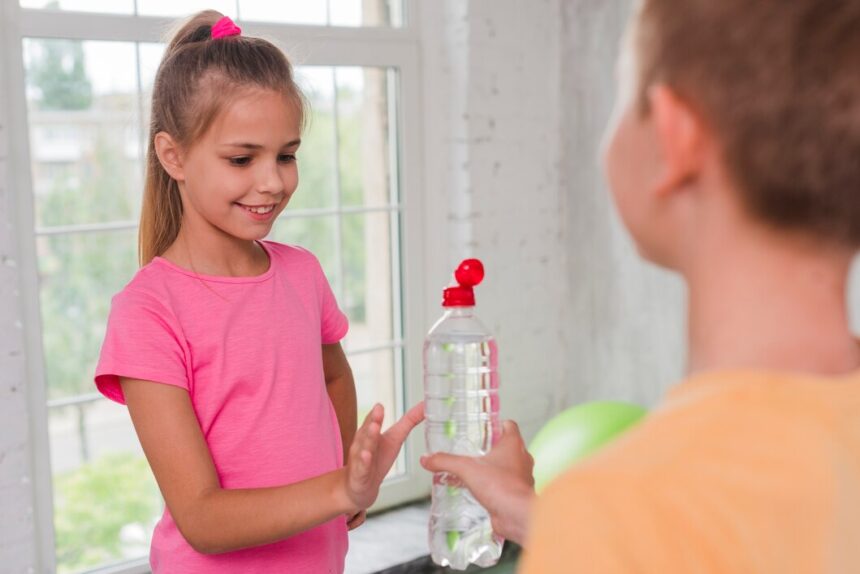Dehydration occurs when the body loses more fluids than it takes in, which can be particularly concerning for children. Their small bodies can become dehydrated more quickly than adults, making it crucial for caregivers to recognize the early signs and symptoms. This article outlines the key indicators of dehydration in children and emphasizes the importance of prompt action to ensure their health and well-being.
Understanding Dehydration in Children
Children can become dehydrated for various reasons, including excessive sweating, vomiting, diarrhea, or insufficient fluid intake. Certain situations, such as hot weather, physical activity, and illnesses, can heighten the risk. Recognizing dehydration early can help prevent more severe complications.
Early Signs of Dehydration
- Increased Thirst: One of the first signs of dehydration is an increased thirst. Children may ask for water more frequently or show an obvious desire to drink fluids.
- Dry Mouth and Lips: A dry or sticky feeling in the mouth and dry, cracked lips can indicate that a child is becoming dehydrated. The inside of the cheeks may also appear dry.
- Reduced Urination: A noticeable decrease in urination is a critical sign. If a child hasn’t urinated in several hours or their urine appears darker than usual, it may indicate dehydration.
- Fatigue or Lethargy: Dehydration can cause children to feel tired or less energetic. They may seem less active or more sluggish than usual.
- Irritability or Mood Changes: Children may become more irritable or exhibit mood swings as a result of dehydration. This can manifest as increased fussiness in younger children or short temper in older ones.
- Dizziness or Lightheadedness: Older children may complain of feeling dizzy or lightheaded, especially when standing up quickly. This symptom can indicate a drop in blood volume due to dehydration.
- Sunken Eyes and Cheeks: In more pronounced cases, sunken eyes or cheeks may become visible. This can be a concerning indicator of significant fluid loss.
- Skin Elasticity: A simple test for dehydration is to pinch the skin on the back of the hand. If it doesn’t spring back quickly, it may indicate dehydration. This is known as skin turgor.
Importance of Monitoring Hydration
Parents and caregivers should be proactive in ensuring children remain hydrated, especially during hot weather, illness, or increased physical activity. It’s important to encourage regular fluid intake, even if children do not express thirst.
What to Do If You Suspect Dehydration
- Offer Fluids: Encourage the child to drink water, electrolyte solutions, or clear broths. Avoid sugary drinks, as they can worsen dehydration.
- Monitor Symptoms: Keep an eye on the child’s symptoms. If they improve with fluid intake, it may indicate mild dehydration.
- Seek Medical Attention: If symptoms persist, worsen, or if the child shows signs of severe dehydration (such as extreme lethargy, confusion, or inability to keep fluids down), it is essential to seek medical help promptly.
Recognizing the early signs and symptoms of dehydration in children is crucial for their health and well-being. By being vigilant and proactive about hydration, parents and caregivers can help prevent dehydration and its associated complications. Ensuring children have access to fluids and encouraging regular intake can make a significant difference, especially during hot weather or illness. Remember, early intervention is key to keeping children safe and healthy.










